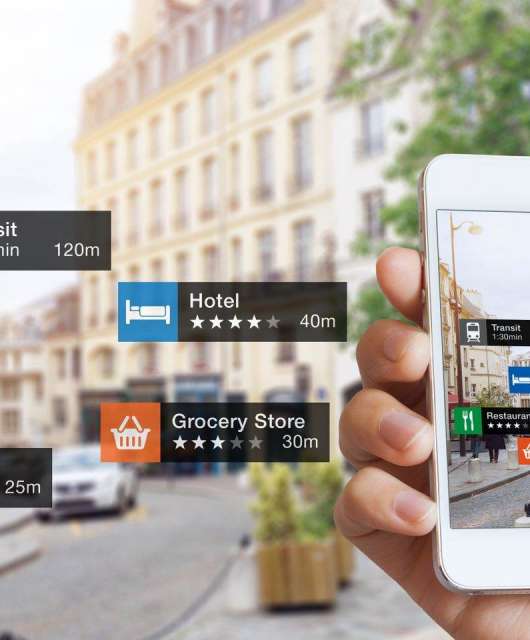Waving goodbye to 2020 is certainly not the hardest thing to do, there are not that many people who would miss the year humanity got ravaged by a deadly pandemic. A lot of things changed in our lives over the last twelve months, and many of those changes are destined to become part of the new normal. The cybersecurity world experienced some drastic changes, too, and some of those changes will be shaping the landscape of 2021.
What will 2021 be like in terms of cybersecurity? Several weeks ago, our colleagues at WatchGuard, our parent company, made a report where they predicted what 2021 would bring in terms of cybersecurity. Out of those, we have selected the top ten predictions we are likely to see dominating the cybersecurity world in the upcoming 2021.
Work from home
Innovation and technology have made it possible for many people to start working remotely. In June 2020, Stanford University stated that approximately 42% of the U.S. workforce was working from home. Experts believe that this trend is not going to blow over once the lockdown is over. Cybercriminals are aware of the trends and will try to exploit them to the fullest, putting a particular focus on targeting individuals working from home.
Ransomware
In 2021 we expect to continue seeing ransomware cases disrupting the daily lives of many consumers and businesses. Financial institutions and healthcare facilities will likely be the top targets of hackers for 2021. With remote working and 5G becoming a norm, we will likely see more incidents with work-from-home individuals, and dealing with a smart car locked by ransomware may not sound so unordinary in the new year.
Disgruntled employees
Companies, big and small, sometimes end up being victims of disgruntled or distracted employees. A single person with enough knowledge and powers in an organization can create an enormous amount of damage. The same goes for a person with no tech skills who can easily be tricked. It is not uncommon for employees to turn their back on an employer – in 2017, a Twitter employee managed to temporarily delete President Trump’s Twitter account on his way out of work.
More phishing
Phishing scams will continue to be on the horizon in 2021. Cybercriminals’ notion that at least a few will fall for the trap in a million people continues to work. Most of the time, cybercriminals do not have to send a million emails but significantly less to get the few leads they need and convert them into stolen cash. However, phishing attacks will become more sophisticated and creative.
Cloud attacks
The remote work is a blessing but also a curse. The significantly increased reliance on cloud technologies will give a reason to the hackers to focus their attacks on cloud providers. While well-secured cloud infrastructures are not easy targets for cybercriminals, hackers often find their way in. Hybrid cloud infrastructures are particularly susceptible to exploits and zero-day attacks.
5G implementation
While it is exciting to know that 5G has officially arrived, it is also a scary thought to bear in mind that hackers now have faster internet and a wider variety of connected devices they can target. The technology is changing the telecommunication industry and is also driving the technological advances in areas such as smart cities, military, etc. The most important sectors must be secured well, especially when knowing that hackers now will have easy access to speeds as fast as 10GB/s.
Data breaches
Both businesses and consumers are certainly starting to realize the importance of adequate cybersecurity. With regulations such as the European Union’s GDPR and California’s Consumer Privacy Act, companies are beginning not to have the option to stay out in the open without protection. However, cybercriminals are always adapting to new trends, so we expect to see more data breaches in 2021.
Artificial intelligence
A.I. driven solutions are helping businesses keep budgets low and increase productivity. However, hackers are starting to adopt automation solutions too, which help them discover patterns and identify vulnerabilities much quicker than before. This is how hackers do not have to sweat much when they want to avoid getting caught or wish their actions to remain unnoticed.
Cyber espionage
The year 2020 ended with a bang! In December, we saw many U.S. government agencies allegedly hacked by Russia-linked hacker group Cozy Bear. The number of data breaches motivated by cyber espionage is likely to increase, with phishing being the most common way for state-sponsored hackers trying to get their way into an organization. We are expecting to continue seeing attacks from foreign states such as China, Iran, and Russia.
Data collection
The adoption of new technologies will allow tech companies to collect even more data on businesses and individuals. Such data would have to be securely protected. The world now has more than four and a half billion active internet users, and in 2021 the number is expected to rise. More users mean more data, which means more possible dangers of valuable information getting into the wrong hands.
While those are only predictions, no one knows what the new 2021 will bring us. If you had told a cybersecurity expert in 2019 that next year almost half of the U.S. working force would work from home, you most likely would have been laughed at. Things change quite rapidly.
One is for sure; we are excited about the new 2021, and we are prepared to help you deal with the cyber threats coming your way. We wish you a Happy New Year!







1 comment
hi
does the Panda Dome protect against Ransomware?